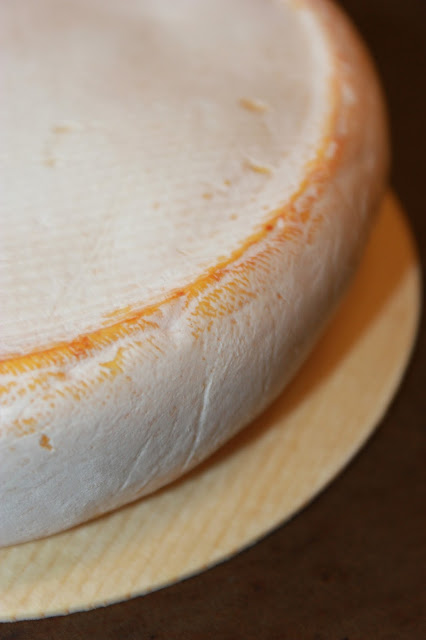Winter Solstice is coming around the bend which means it is that time of the year when Souped-up Garden takes a break. Our seasonal book ordering is going at a great clip with a book arriving almost every day.
Those comfy cushions are waiting for Dirac The Cat to vacate my reading chair.
The Calm One and I wish you and yours wonderful holidays. See you next year!
 |
| A well-cushioned stack with the kitchen timer close by so there will be no meal burning while I am immersed in reading a book |
Those comfy cushions are waiting for Dirac The Cat to vacate my reading chair.
The Calm One and I wish you and yours wonderful holidays. See you next year!



















































